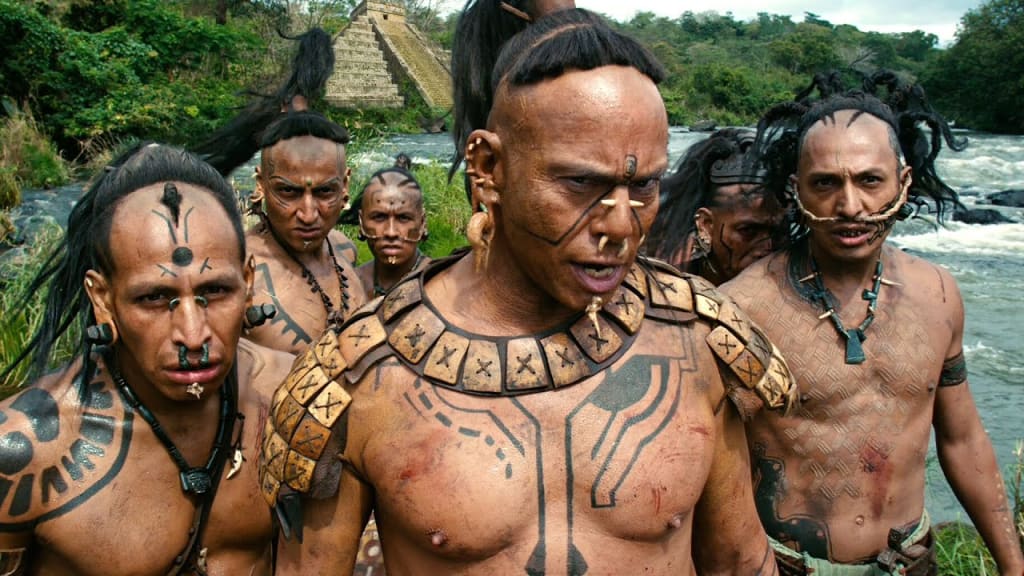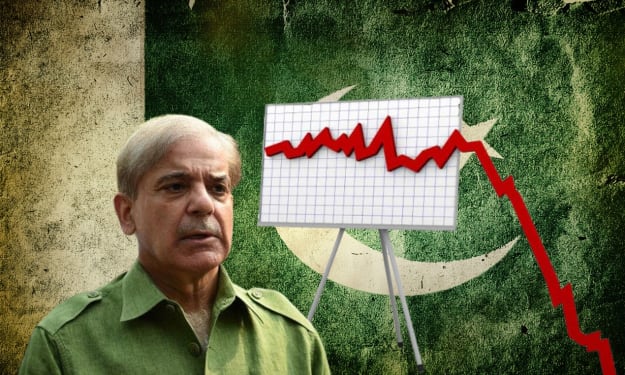
61,480 ancient structures in the survey region, resulting in an estimated population of 7 to 11 million at height of the Late Classic period (650-800 CE)
The Spanish conquest of the Maya was a prolonged affair
They thought they'd find great riches there. The cities of the Maya could have been it. But the Spanish wanted to convert everyone to their religion
As warfare became more extensive and constant, Mayan societies began to fall apart. Finally, surviving Mayans abandoned their lowland cities and disappeared from that area.
They sustain their lives into great civilization in the middle of the rainforest.
They were called Mayans, and mostly conquered by Spain.
"Since LiDAR technology is able to pierce through thick forest canopy and map features on the earth’s surface, it can be used to produce ground maps that enable us to identify human-made features on the ground, such as walls, roads or buildings,”
It all happens before 2000 Years.
Going to see Mayans History and we find Lost City of Mayans are detailed in this Part
Greetings from “Tamil Pokkisham”
In a Survey by Group of scientists they found an estimated population of 7 to 11 million at height of the Late Classic period (650-800 CE)
61,480 ancient structures in the survey region
362 square kilometers of terraces or otherwise modified agricultural terrain and another 952 square kilometers of viable farmland, demonstrating a landscape heavily modified for the intensive agriculture necessary to sustainably support massive populations for many centuries
106 square kilometers of causeways within and between urban centers and numerous, sizeable defensive earthworks. This substantial infrastructure investment highlights the interconnectivity of cities and hinterlands as well as the scale of Maya warfare
All those findings using LIDAR technology and they finish only 16% of Rainforest areas, still Researches going on 2023.
Between 2019, 2020 & 2021 group of archaeologists told they found the Mayans Lost City.
History not ended here, till 2023 they continued their surveys.
Remaining 84% Rainforest Guatemala is to be scanned for the complete history of Mayans.
Dr. Hansen has identified some of the largest and earliest ancient cities of the Mayan civilization in Central America with a major international archaeological research team with scholars from around the globe.
The perimeter of this city is greater than the size of downtown Los Angeles and only 3~4% have been excavated so far according to Dr. Hansen
The finding was made last month by researchers of the Mirador Basin (Archaeological) Project. In the Mirador Basin there are many pre-classic Maya sites including El Mirador , Nakbe, El Pesquero, El Tintal , Wakna, and Xulnal.
El Mirador, the Cradle of Maya Civilization, today it is one of Guatemala's most fascinating cultural and natural reserves, in the Maya Biosphere Reserve
El Mirador- Rio Azul National Park is 1400 km² or 540 mi² of lush jungle surrounding the ancient ceremonial center
Ceramics, human burial grounds and bullets from Spanish guns are among artifacts that have been uncovered by archaeologists in Guatemala at the site of the last Mayan city to resist European conquest
The Classic Period of Mayan culture lasted from about 250 CE until about 900
Tayasal was the last Mayan city to yield to the Spanish conquest in 1697
In 1525, Tayasal was also part of the route used by Spanish conquistador Hernan Cortes on his journey to present-day Honduras
The conquest of Petén, a region now incorporated into the modern republic of Guatemala, climaxed in 1697 with the capture of Nojpetén, the island capital of the Itza kingdom, by Martín de Ursúa y Arizmendi. With the defeat of the Itza, the last independent and unconquered native kingdom in the Americas fell to European colonisers
An enormous 3,000-year-old earthen platform topped with a series of structures, including a 13-foot-high pyramid, has been identified as the oldest and largest monumental construction discovered in the Maya region
Deep in the rainforests of the Yucatán peninsula, the ruins of the Mayan civilisation have lain hidden among the vegetation for a millennium or more
Since 2016, the PACUNAM Lidar Initiative has brought together specialists from universities in the US, Guatemala, Slovakia and France to scan 14,000 square kilometres from the air, in one of the largest such projects ever undertaken. The scans have revealed more than 60,000 Mayan structures, totally reshaping historians’ understanding of this mysterious civilisation.
About the Creator
Enjoyed the story? Support the Creator.
Subscribe for free to receive all their stories in your feed. You could also pledge your support or give them a one-off tip, letting them know you appreciate their work.





Comments
There are no comments for this story
Be the first to respond and start the conversation.